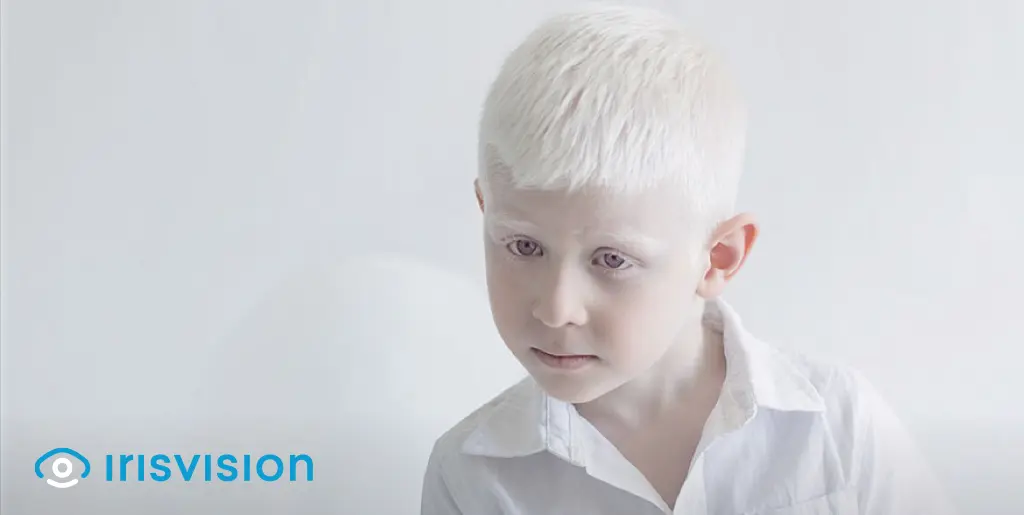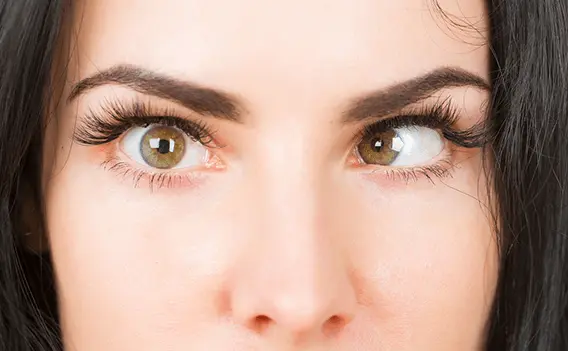
#LIVE2.0 #Review
At some point, you probably would have come across a person who had strikingly unusual white skin, light-colored hair (of eyebrows and eyelashes too), and bluish eyes. This distinctly light shade of the hair, skin, and eyes in people is caused by an absence of the coloring pigment, melanin.
This condition is termed ‘Albinism’, and the people who have it are called ‘Albinos’.
Albinism does not cause any pain by itself, but it can make a person vulnerable to other health complications such as sunburn or skin cancer, which are painful and distressing.
Albinism is a genetic condition and is more prevalent in people of Sub-Saharan African descent. In the US, it affects approximately 1 in every 20,000 people whereas, in the rest of the world, it can be as high as 1 in 3,000.
You may already be familiar with this condition, however, the lesser-known fact is that Albinism is accompanied by several visual defects. The extent of visual deficit varies among the types of Albinism.
Its two main types are:
Oculocutaneous albinism affects the eyes, skin, and hair, whereas ocular albinism only affects the eyes.
You may think, how does it affect your vision? And what causes it?
To find out, let’s take a brief overview of how different types of Albinism affect the eyes and their prevalence.
‘Oculo’ means eyes and ‘cutaneous’ means skin, hence this condition affects the eyes, skin, and hair of a person.
Oculocutaneous albinism (OCA) is hereditary, and it is caused by the mutation of several genes that control the production of color pigment (melanin) within our bodies. The mutation of these genes disrupts the process of melanin development such that a person’s body has a less than average amount present for the normal coloration of hair, skin, and eyes.
All individuals with OCA can have varying amounts of skin, hair, and iris pigment depending on the type of gene mutation. But several visual problems are common among all types, which are explained below:

People with OCA have a small amount of melanin present in skin and hair, in contrast to a complete absence of this pigment. It gives them a very fair skin tone, with freckles or moles on the face.
They usually have colors ranging from a pale blonde to golden tone, or strawberry blonde hair and blue eyes. Some people who have a greater amount of melanin may even have brown hair.
Ocular albinism, in contrast to Oculocutaneous Albinism, only affects the eyes.
It is an X-linked recessive disease, so it mostly only occurs in males and is very rare in females. Although the vision loss due to this disease is permanent, it is not progressive.
Melanin is the color pigment that is present in our skin, hair, and eyes. There are several genes responsible for synthesizing proteins, which in turn produce this pigment in our body. When an abnormal mutation occurs in one of these genes, it disrupts the melanin production, thereby causing Albinism. The types of albinism differ based on which gene undergoes mutation.
Both oculocutaneous albinism and ocular albinism are hereditary diseases. Oculocutaneous albinism is an autosomal recessive condition, meaning a person inherits two copies of a mutated gene — one from each parent.
In contrast to this, Ocular albinism is an X-linked recessive disease, meaning that it can be passed down from a mother who carries a mutated X gene to her son. This disease almost exclusively affects men, because they only have a single copy of the X chromosome, whereas women have two copies of the X chromosome.
As mentioned above, Ocular Albinism only affects males. Women may be carriers for it but have symptoms in rare cases.
The most common form of this disorder, ocular albinism type 1, affects at least 1 in 60,000 males in the US.
Since albinism is a group of genetic disorders, it can not be cured. At best, these eye conditions can be managed effectively by taking precautionary measures and preventing eyesight from worsening. Avoiding unnecessary sun exposure, wearing dark shades, using spectacles (for near or farsightedness), and other low-vision aids for vision correction can immensely help in carrying out daily routine tasks while also managing Oculocutaneous albinism and Ocular albinism.
Support
See and Connect Today!
IrisVision Global, Inc.
5994 W. Las Positas Blvd, Suite 101
Pleasanton, CA 94588
Email: [email protected]
Support: +1 855 207 6665
Support
See and Connect Today!
IrisVision Global, Inc.
5994 W. Las Positas Blvd, Suite 101
Pleasanton, CA 94588
USA Email: [email protected]
Support: +1 855 207 6665
Support
See and Connect Today!
IrisVision Global, Inc.
5994 W. Las Positas Blvd, Suite 101
Pleasanton, CA 94588
Email: [email protected]
Support: +1 855 207 6665